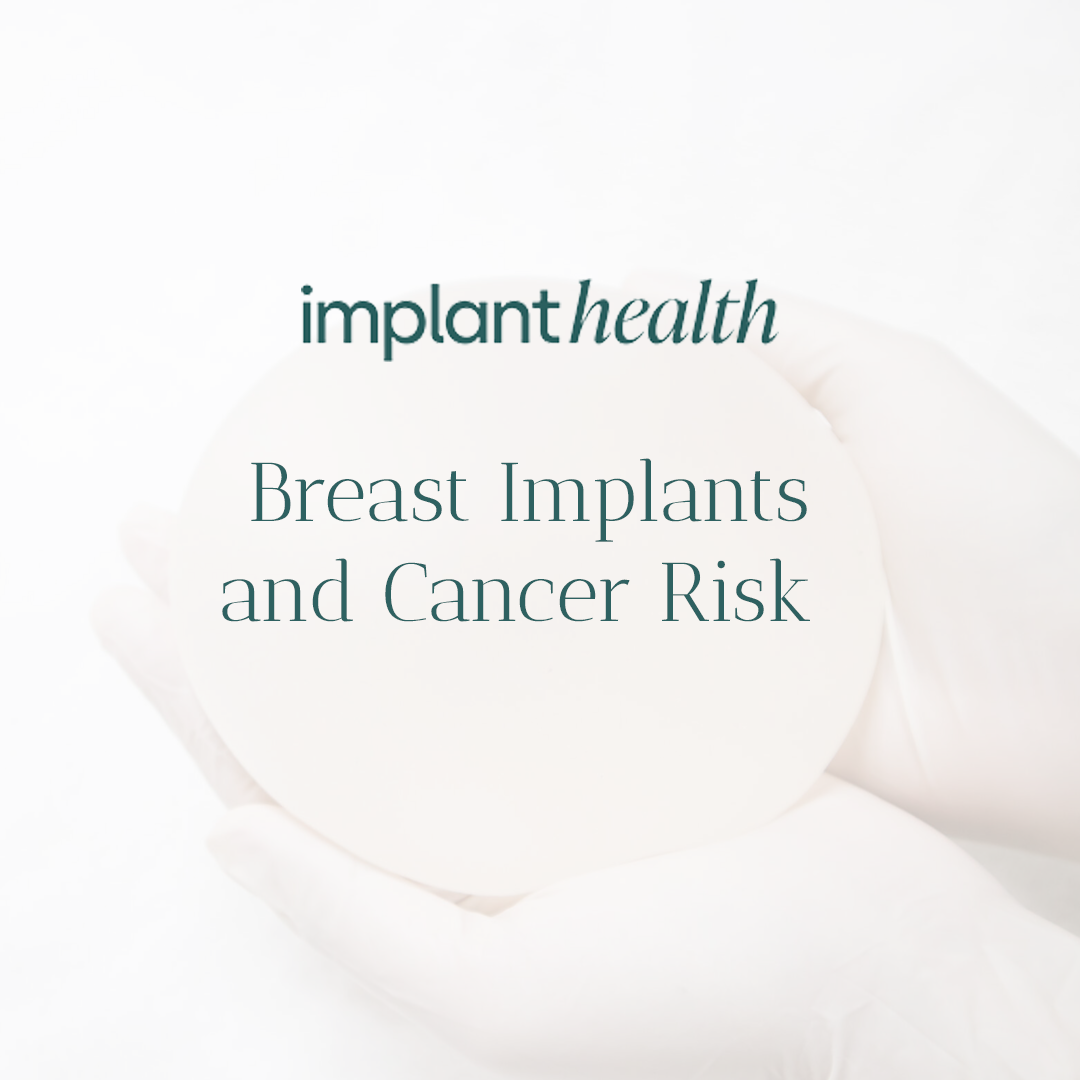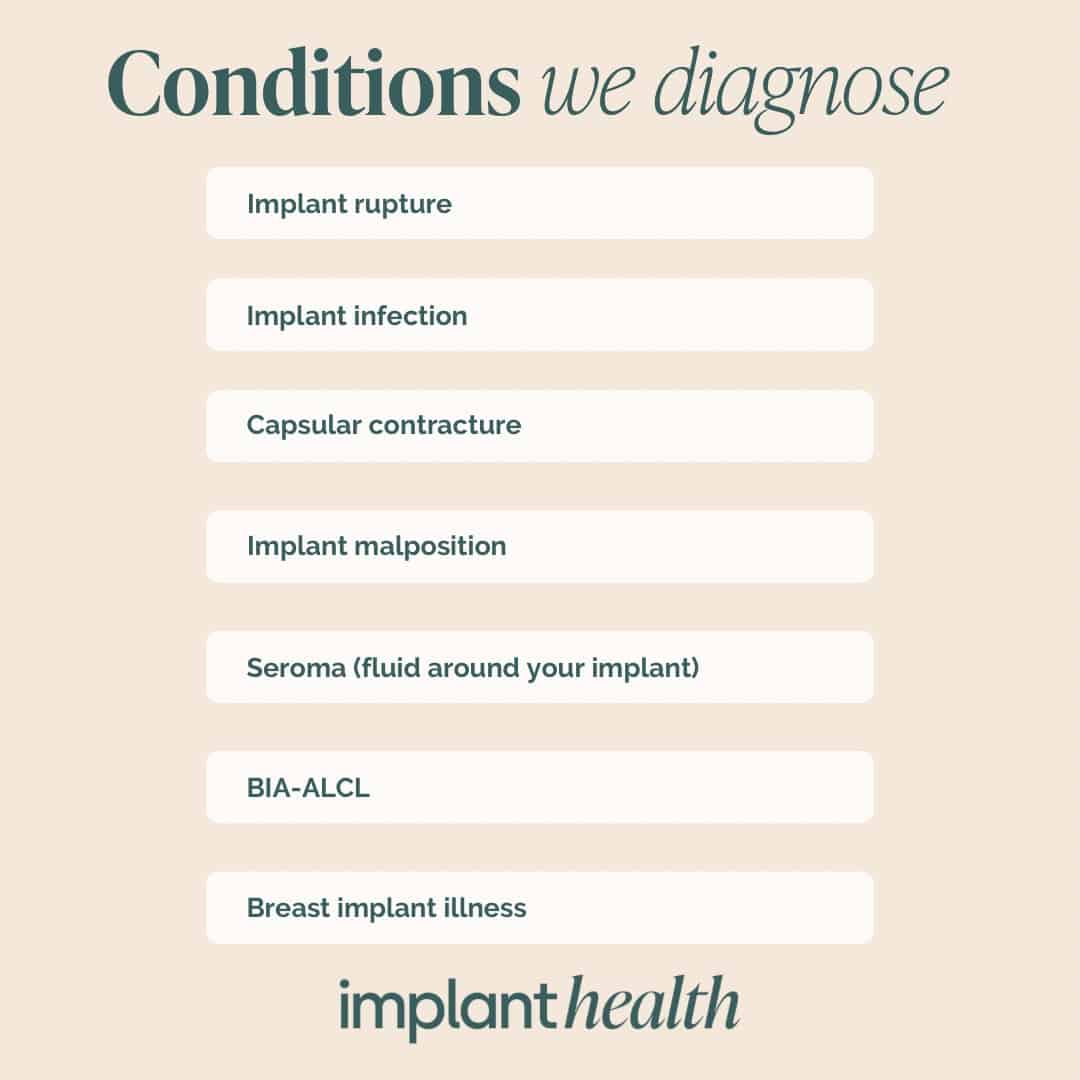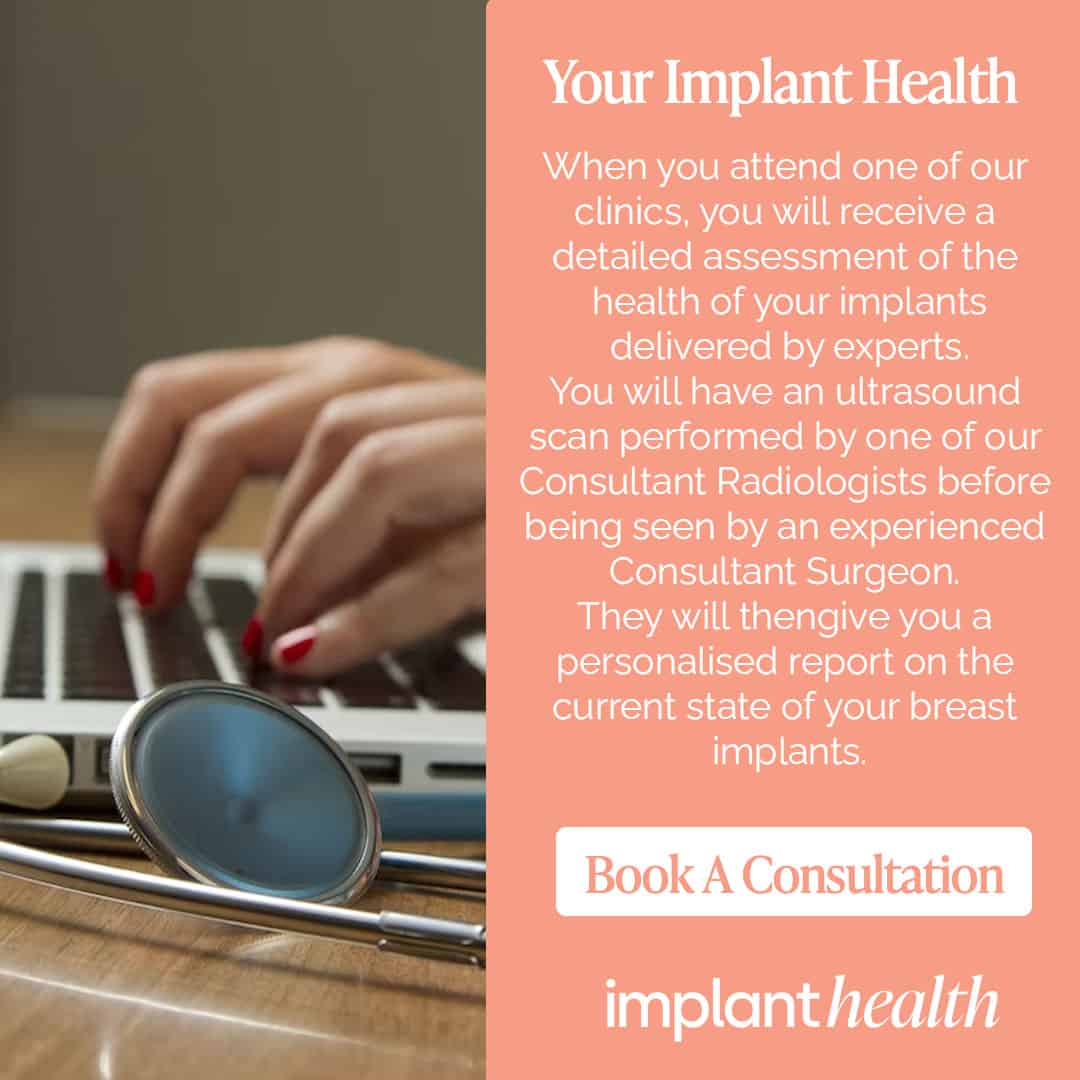Breast Implants and Cancer Risk
In a world where millions of women have breast implants, there’s no shortage of discussion around their safety, especially when it comes to the alarming ‘C’ word – cancer. This article takes a deep scientific dive into the connection between breast implants and cancer, scrutinizing the existing evidence to present a balanced perspective on the controversial issue.
Understanding Implant-Associated Anaplastic Large Cell Lymphoma (BIA-ALCL)
The standout concern when it comes to breast implants and cancer is a rare type of lymphoma called Breast Implant-Associated Anaplastic Large Cell Lymphoma (BIA-ALCL). BIA-ALCL is not breast cancer; it’s a type of non-Hodgkin lymphoma – a cancer of the lymphatic system. According to the World Health Organization, BIA-ALCL is classified as a lymphoma that can develop in the fibrous scar tissue that forms around a breast implant. There have been conflicting reports on the frequency of BIA-ALCL, but the risk is generally considered very low.
The Science Behind the Risk
A comprehensive evaluation of numerous studies over the past decades indicates that while the absolute risk of developing BIA-ALCL is low, it is heightened with textured implants. Textured implants have a rough surface, designed to minimize the risk of capsular contracture, a complication where the scar tissue tightens around the implant, causing the breast to harden. However, this type of implant has been consistently linked to BIA-ALCL. Smooth implants, on the other hand, have a significantly lower associated risk.
Regulatory Actions and Patient Considerations
It’s important to highlight regulatory steps and patient considerations in light of this risk. Many countries’ health authorities have taken steps to ensure public awareness of BIA-ALCL. Both the U.S. Food and Drug Administration (FDA) and the European Medicines Agency (EMA) have conducted reviews and issued statements about the condition. Patients are advised to discuss the benefits and risks of different types of implants with their healthcare providers before surgery.
Conclusion: Weighing the Risk
The decision to get breast implants is deeply personal and complex, with many factors to consider. The data suggests that while breast implants, especially textured ones, may carry a slight risk of a specific type of lymphoma, the majority of women with implants will not develop cancer. The scientific community continues to research the issue, pursuing safer options for this widely performed procedure. Ultimately, it’s about informed decision-making and open conversations between patients and medical professionals.








